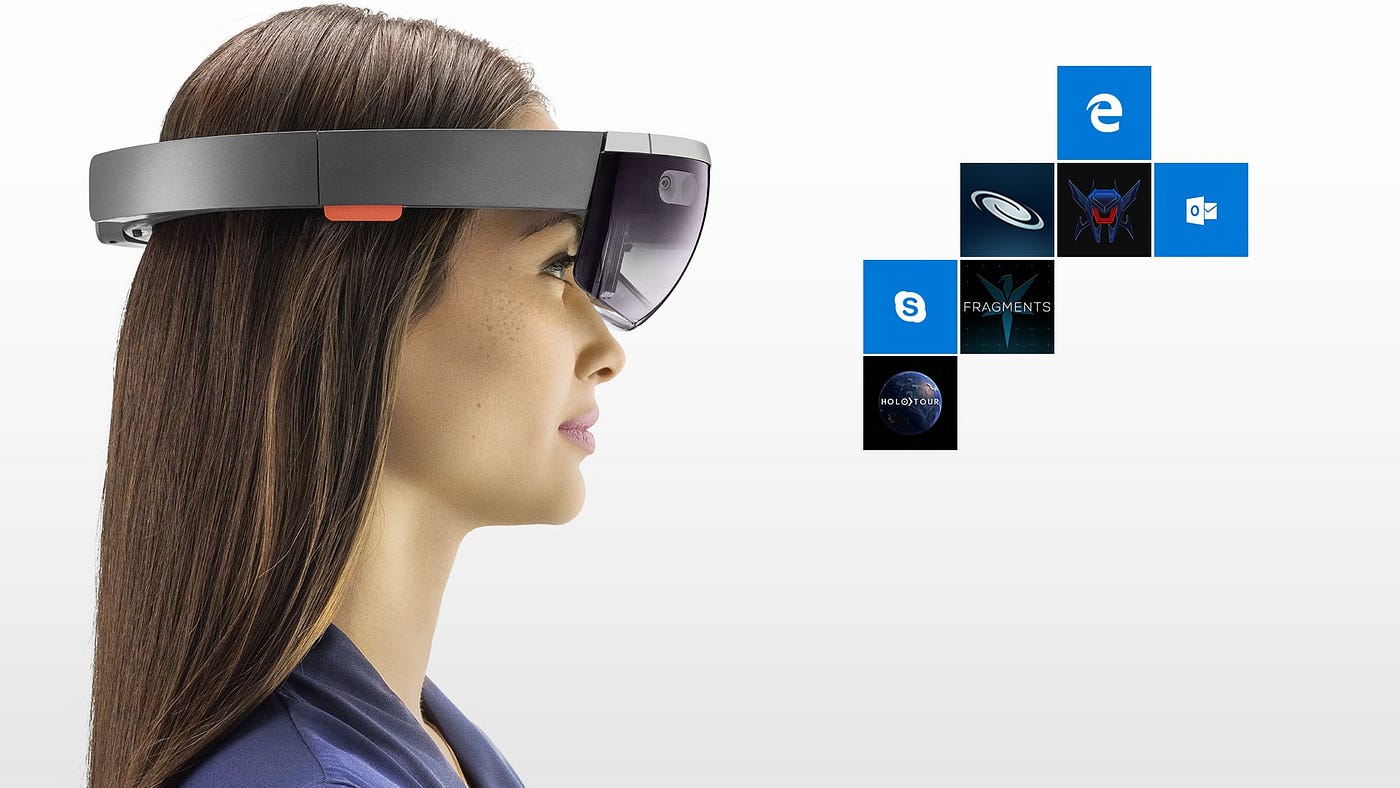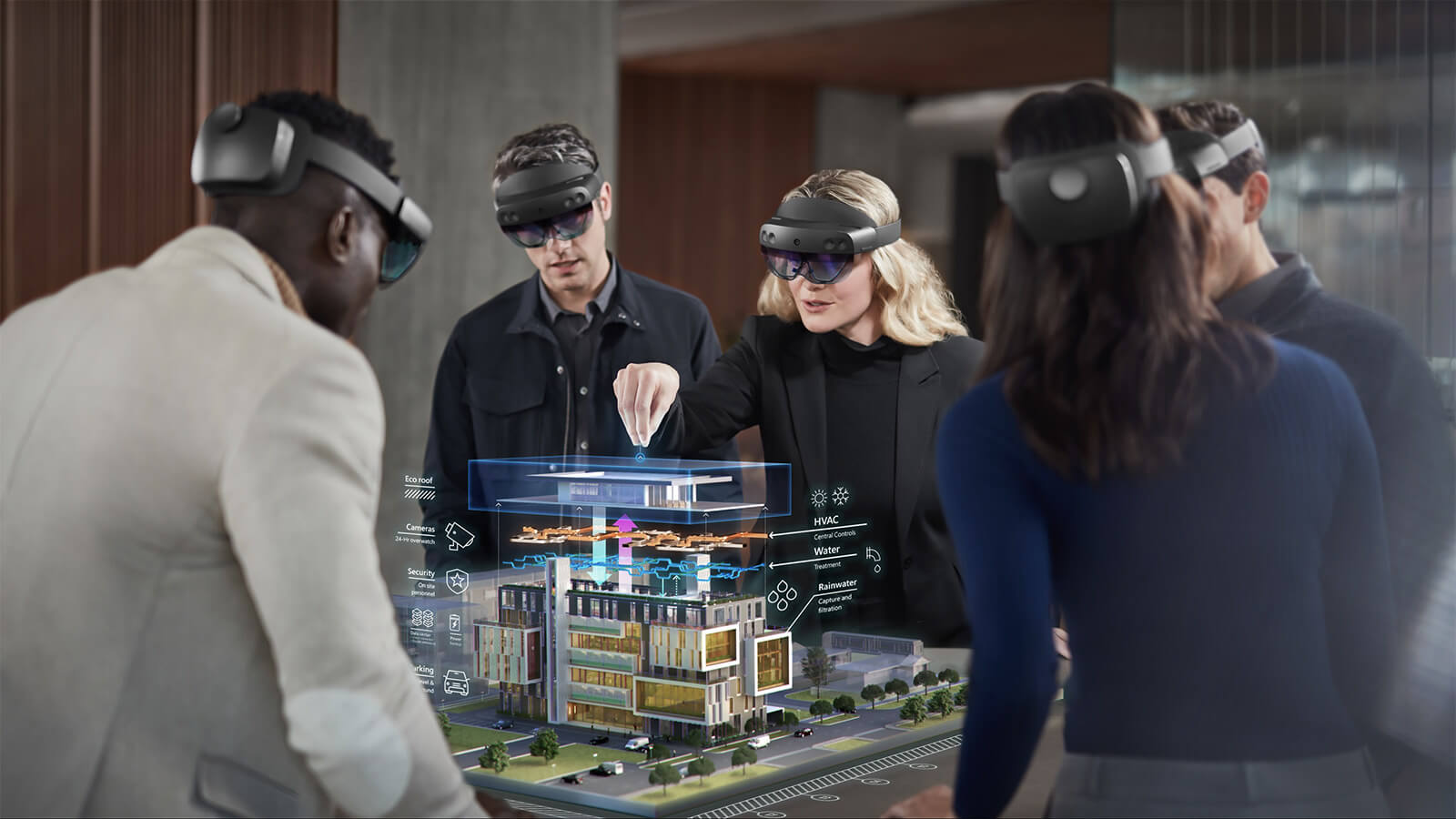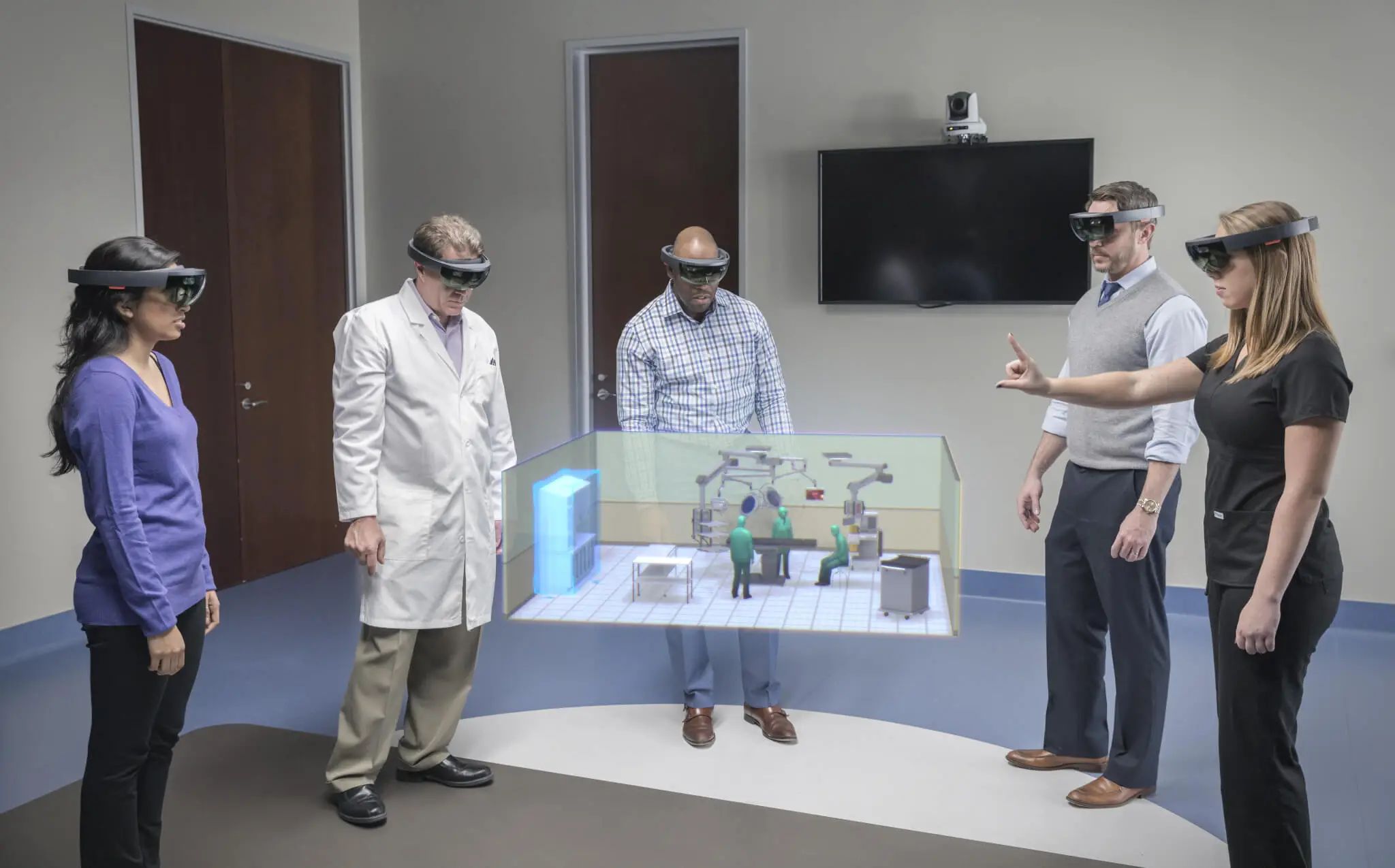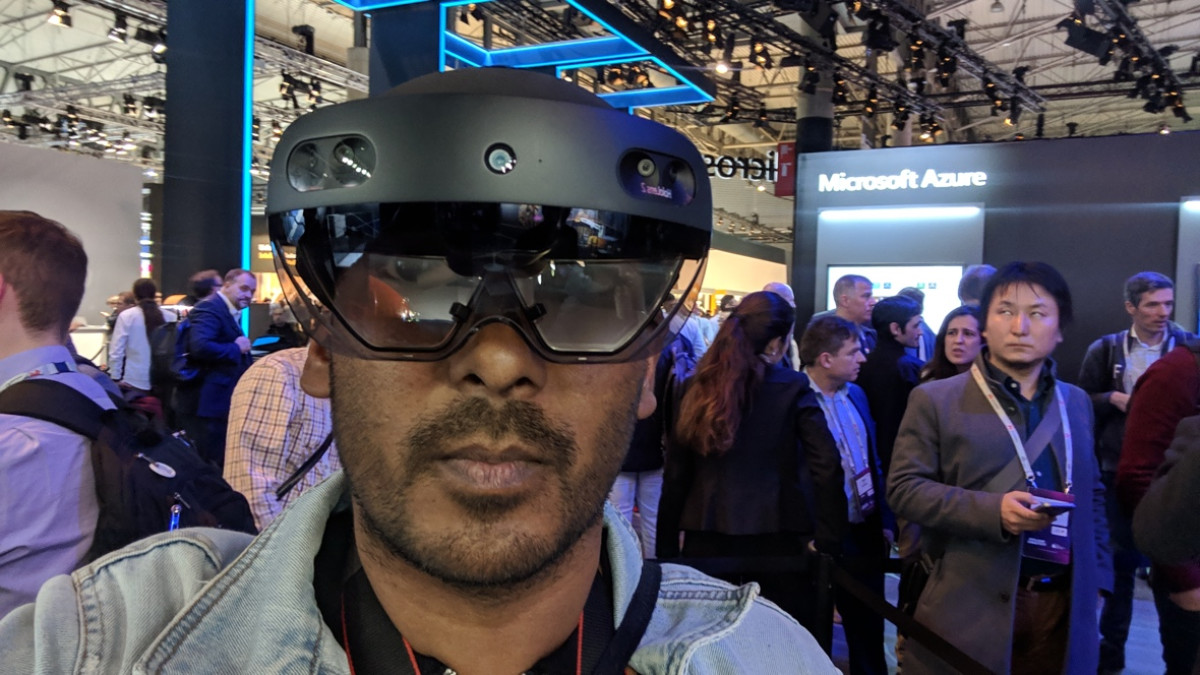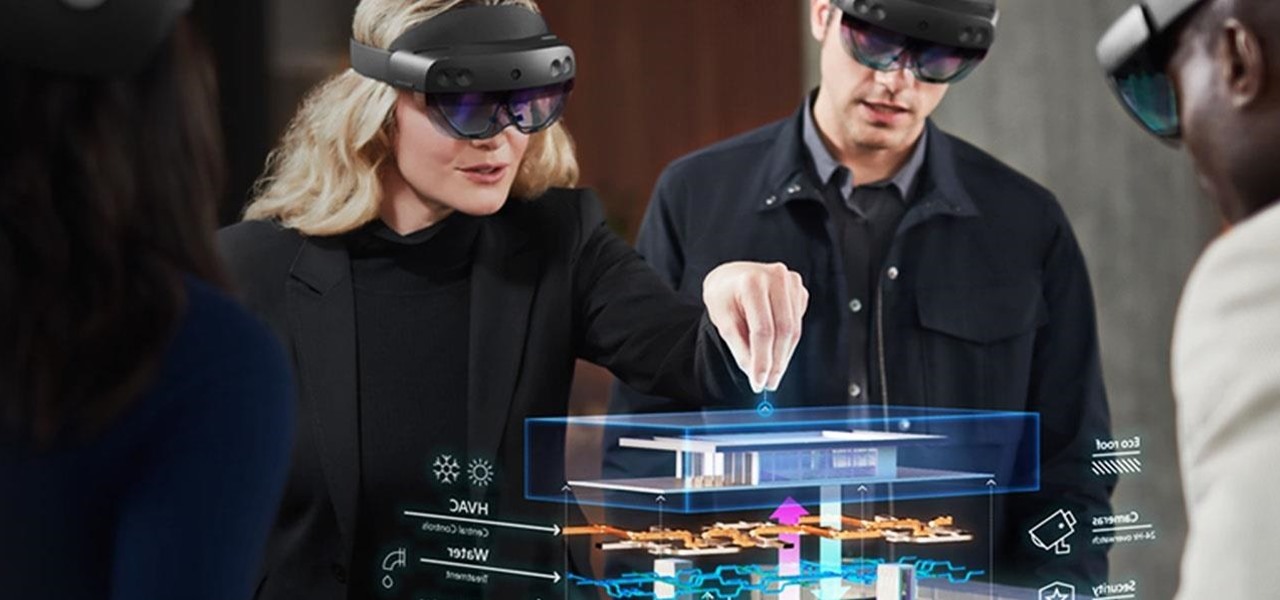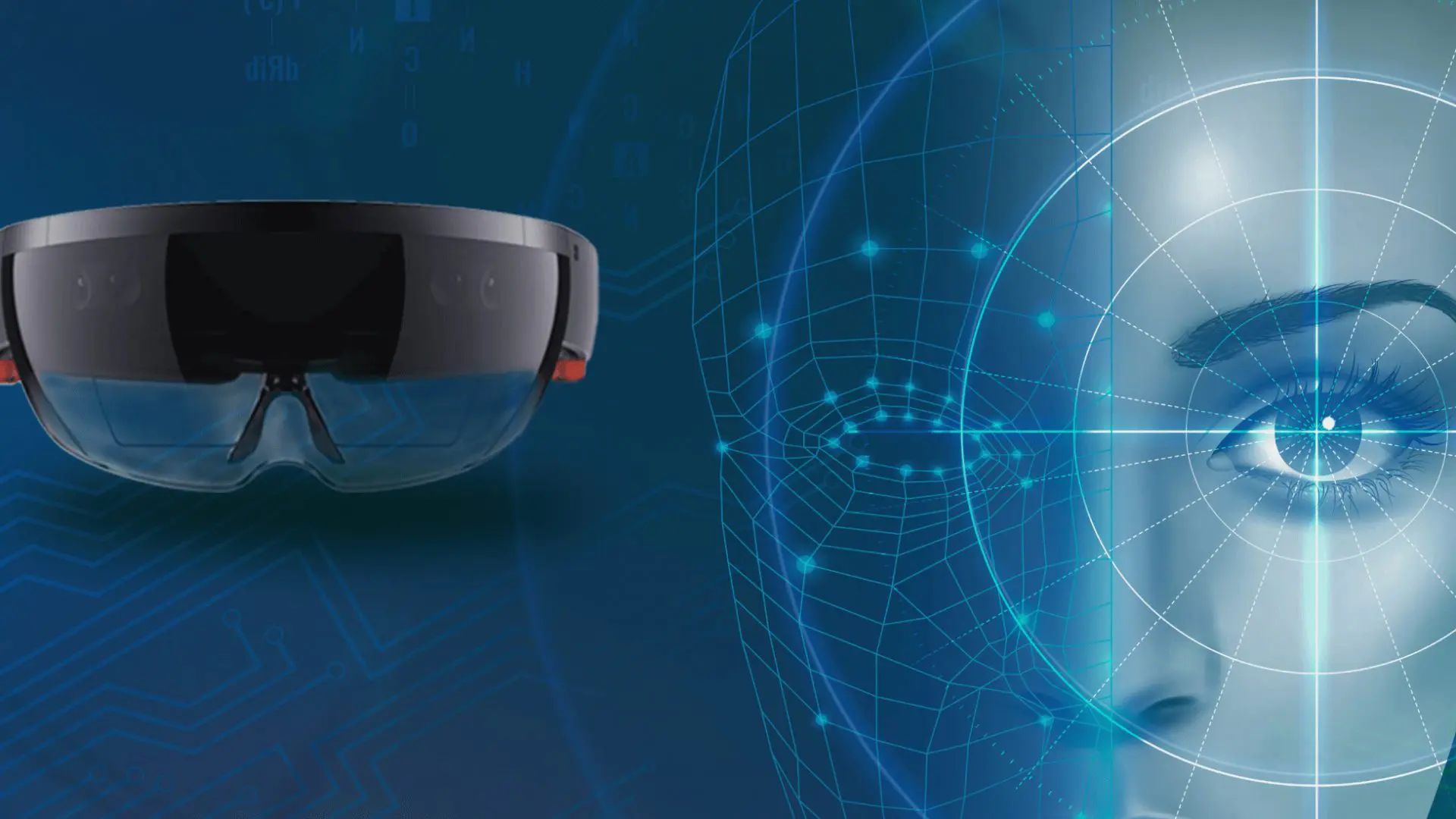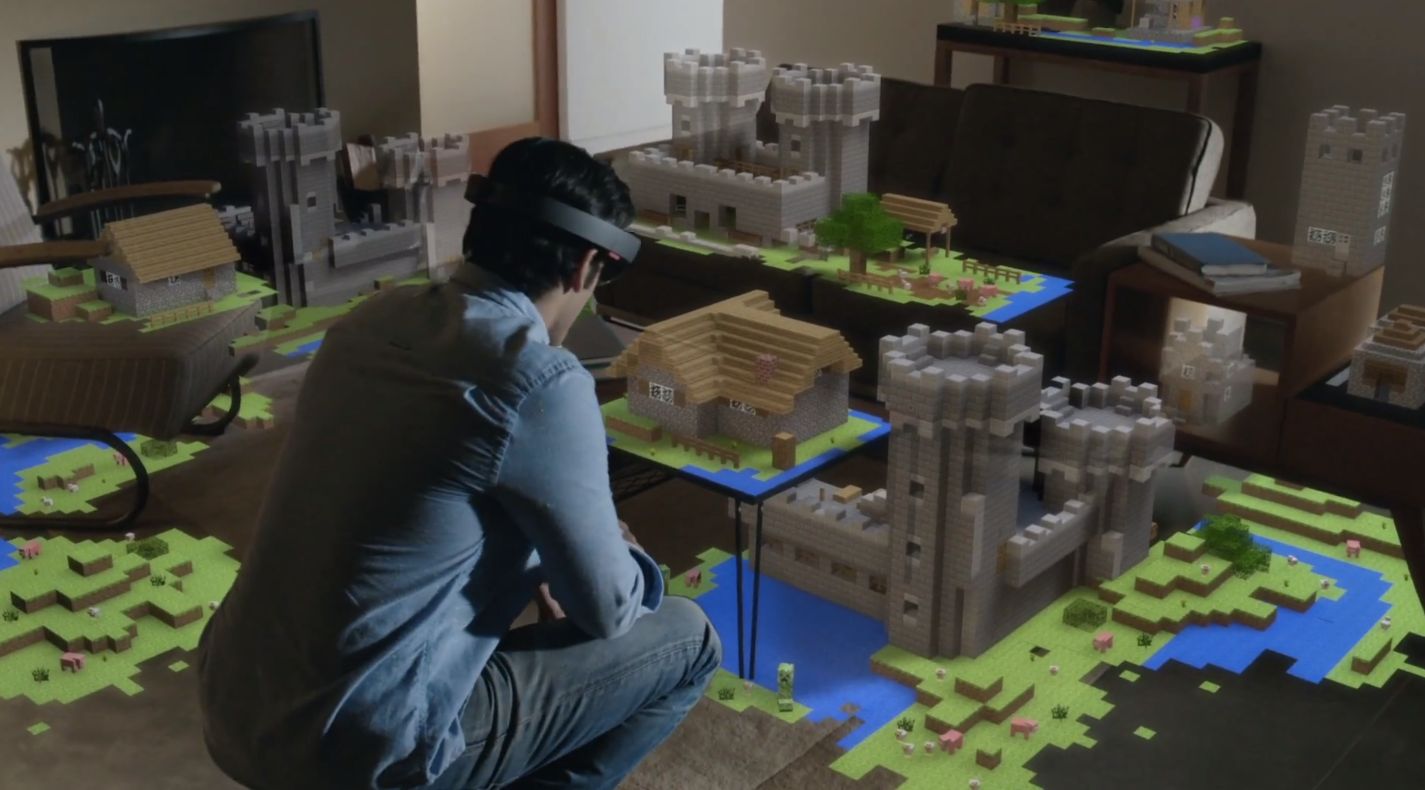Understanding Gaze in HoloLens
Gaze interaction is a fundamental feature of HoloLens, Microsoft’s innovative mixed reality headset. It allows users to control and interact with holographic elements simply by looking at them. This intuitive and natural form of interaction is made possible by the advanced sensors and eye-tracking technology integrated into the HoloLens device.
When a user wears the HoloLens headset, the built-in sensors continuously track their eye movements and determine where they are looking. This information is then used to project a gaze cursor onto the user’s field of view. The gaze cursor serves as a visual indicator of where the user’s attention is focused within the holographic environment.
The gaze cursor in HoloLens appears as a small dot that follows the user’s eye movements. It provides real-time feedback and allows users to easily navigate, select, and interact with holograms and virtual objects. By simply looking at an object or UI element, the user can trigger actions or retrieve information associated with that specific item.
Understanding how gaze interaction works in HoloLens is crucial for developers who want to create immersive and interactive experiences. By harnessing the power of gaze, developers can design applications that provide a seamless and natural user interface.
Gaze interaction opens up a world of possibilities for user experiences, offering a hands-free and intuitive way to interact with holographic content. Whether it’s manipulating virtual objects, launching UI elements, or navigating through menus, gaze interaction empowers users to control their virtual environment with ease.
By recognizing the power and potential behind gaze interaction in HoloLens, developers can create applications that captivate users and provide them with an immersive mixed reality experience unlike any other.
Enabling Gaze Interaction in HoloLens Apps
Enabling gaze interaction in HoloLens apps is a crucial step in creating immersive and user-friendly experiences. By incorporating gaze interaction, developers can harness the power of eye-tracking technology to provide intuitive control and navigation within their applications.
To enable gaze interaction, developers need to integrate the appropriate APIs and libraries provided by the HoloLens development platform. These APIs allow access to the eye-tracking data and enable the implementation of gaze-related functionality in the application.
One of the key components for enabling gaze interaction is the GazeInputManager API. This API provides developers with the necessary tools to detect and respond to user gaze interactions. It allows developers to track the position and direction of the user’s gaze, as well as detect when the user fixates on specific holographic elements or UI components.
In addition to the GazeInputManager API, developers can also utilize the GazeCursor prefab to visualize the user’s gaze within the application. The GazeCursor prefab provides a customizable representation of the user’s gaze, allowing developers to design a custom cursor that suits the aesthetic and theme of their application.
Once gaze interaction is enabled, developers can define specific actions or events triggered by gaze interactions. For example, by implementing gaze-based selection, users can interact with holograms or UI elements simply by looking at them for a certain duration or by making a specific gesture while fixating on the object.
Enabling gaze interaction in HoloLens apps not only enhances the user experience but also opens up new possibilities for innovative interactions. By leveraging the power of eye-tracking technology, developers can create applications that respond to the user’s gaze, making the overall experience more immersive and natural.
Using the Gaze Cursor
The gaze cursor is a vital component of HoloLens apps that enables users to visualize their gaze and interact with holographic elements. It provides a visual indicator of where the user’s attention is focused and enables precise targeting within the mixed reality environment.
When users wear the HoloLens headset and enter a holographic app, they will see a small dot or cursor that follows their eye movements. This is the gaze cursor, and it allows users to easily select, interact, and navigate through holographic content.
The gaze cursor is typically positioned at the center of the user’s field of view, ensuring that it is always visible and easily accessible. It moves in real-time based on the user’s eye movements, creating a seamless and natural interaction experience.
To interact with holographic elements using the gaze cursor, users simply need to align their gaze with the desired object or UI element. Once the gaze cursor is focused on an element, users can perform an action such as tapping or using a specific gesture to trigger a response from the application.
For example, in a virtual reality game, users can use the gaze cursor to aim at targets or navigate through menus. They can look at an object or button they want to interact with and trigger an action simply by fixing their gaze on it and performing the appropriate gesture.
The gaze cursor offers developers flexibility in terms of customization. It can be styled to suit the overall design and theme of the application. Developers can adjust the size, color, or shape of the gaze cursor to enhance its visibility and ensure it aligns with the visual aesthetics of the holographic environment.
Moreover, the gaze cursor can provide visual feedback to indicate interactive elements or highlight the currently selected object. This feedback can be in the form of changing the color or appearance of the object, giving users a clear indication that they have successfully targeted the desired element.
By utilizing the gaze cursor effectively, developers can create immersive and intuitive user experiences in HoloLens apps. The gaze cursor offers a natural and precise way to interact with holographic content, enhancing the overall usability and engagement of the application.
Detecting Gaze Interactions
Detecting gaze interactions in HoloLens apps is essential for developers to create responsive and interactive experiences. By accurately tracking the user’s gaze, developers can determine when the user is fixating on holographic elements or UI components, allowing them to trigger specific actions or events.
HoloLens provides developers with the necessary tools and APIs to detect gaze interactions effectively. One of the key APIs for gaze detection is the GazeInputManager class. This class provides access to the gaze point, which represents the position on the user’s field of view where their gaze is focused.
Developers can regularly poll the GazeInputManager to check the current gaze point position and compare it with the positions of their holographic or UI elements. This allows them to determine if the user’s gaze is on or near these elements and trigger corresponding interactions accordingly.
In addition to the gaze point, developers can use the GazeStabilizer class to improve the accuracy of gaze interaction detection. The GazeStabilizer eliminates slight gaze movement jitter and provides a more stable position for detecting when the user’s gaze is fixated on specific elements.
Another useful feature for detecting gaze interactions is the dwell-time functionality. Dwell-time refers to the duration the user’s gaze remains fixed on an object before triggering an action. Developers have the option to implement dwell-time functionality and set specific thresholds to determine how long the user needs to fixate on an object to activate a command or interaction.
Implementing dwell-time functionality can ensure that gaze interactions are intentional and reduce accidental triggers. It is particularly useful when dealing with small or densely-packed holographic elements, where precise targeting is required.
By combining the gaze point, GazeStabilizer, and dwell-time functionality, developers can accurately detect and respond to gaze interactions in their HoloLens apps. This enables users to interact with holographic content simply by looking at it, enhancing the immersion and usability of the application.
Implementing Custom Gaze Behaviors
Implementing custom gaze behaviors in HoloLens apps allows developers to create unique and tailored interactions based on the user’s gaze. By defining specific actions or behaviors triggered by gaze interactions, developers can enhance the functionality and engagement of their applications.
One way to implement custom gaze behaviors is by associating actions with the gaze cursor’s interaction with holographic elements or UI components. For example, when the gaze cursor is fixated on an object, developers can enable the user to perform a specific gesture or voice command to trigger an action related to that object.
Developers can also utilize gaze-based selection to enable users to interact with holograms or UI elements. By enabling gaze-based selection, users can trigger actions by simply focusing their gaze on an object for a certain duration. This approach provides a hands-free and natural way to interact with the virtual environment.
Another custom gaze behavior that developers can implement is gaze-based navigation. By allowing users to navigate through menus or perform actions by looking in a specific direction, developers can create more immersive experiences. For example, in a virtual reality game, users can move their gaze to look in a particular direction, triggering navigation or movement within the virtual world.
To implement custom gaze behaviors, developers can leverage the available APIs provided by the HoloLens development platform. The GazeInputManager API offers various methods and events that allow developers to track the user’s gaze and define custom behavior based on gaze interactions.
Furthermore, developers can combine gaze interaction with other input modalities, such as gestures, voice commands, or hand interactions, to provide a multi-modal and holistic user experience. This integration allows for more flexible and intuitive control within the application.
By implementing custom gaze behaviors, developers can create immersive and interactive HoloLens apps that respond to the user’s gaze. These custom behaviors add a layer of personalization and uniqueness to the user experience, making the application stand out and enhancing user engagement.
Tips for Optimizing Gaze Interaction
Optimizing gaze interaction in HoloLens apps is crucial to ensure a smooth and seamless user experience. By following these tips, developers can enhance the performance and usability of their applications:
1. Provide visual cues: Incorporate visual cues to indicate interactive holograms or UI elements. This helps users understand which objects can be selected, providing a clearer indication of where their gaze should be directed.
2. Optimize cursor visibility: Ensure that the gaze cursor is visible and easily distinguishable from the rest of the holographic environment. This can be achieved by adjusting its size, color, or shape to improve visibility and contrast.
3. Consider usability and comfort: Take into account factors such as the user’s field of view and head movements when designing interactive elements. Place important information or UI components within the user’s natural field of vision and avoid placing critical elements too close to the periphery.
4. Implement gaze calibration: Implement a calibration process to ensure accurate gaze tracking for each individual user. This helps optimize the accuracy of gaze interactions and reduces potential errors or misinterpretations.
5. Minimize latency: Reduce any noticeable delay between the user’s gaze and the corresponding visual feedback. This reduces user frustration and improves the overall responsiveness of gaze interactions.
6. Test and iterate: Continuously test and gather feedback from users to identify areas for improvement. Conduct user testing sessions to observe how users interact with gaze-based interactions and gather insights to refine the implementation.
7. Consider multiple gaze interactions: Allow users to perform different interactions with the same gaze cursor, such as selection, scrolling, or secondary actions. This provides users with more flexibility and options when interacting with holographic elements.
8. Provide options for alternative input: While gaze interaction is a powerful and intuitive input method, consider providing alternative input modalities, such as gestures or voice commands, for users who may prefer different ways of interacting with the application.
By following these optimization tips, developers can create HoloLens apps that provide a seamless and immersive gaze interaction experience. Optimized gaze interactions enhance user engagement, making the overall application more intuitive and enjoyable to use.







